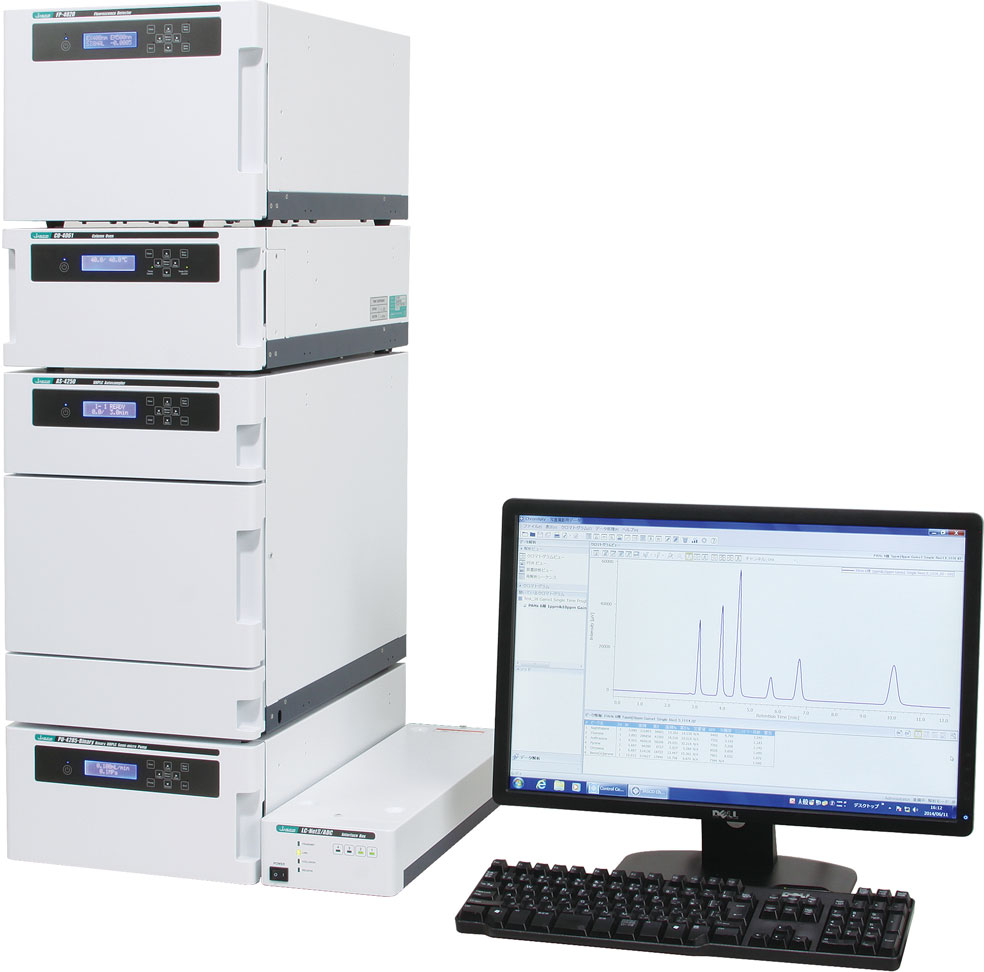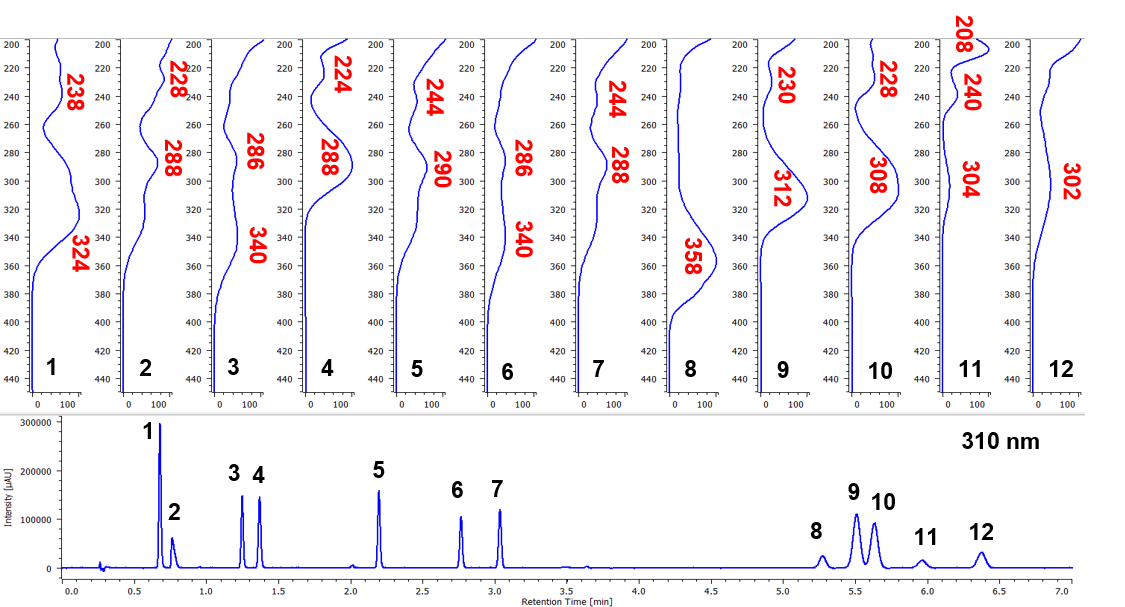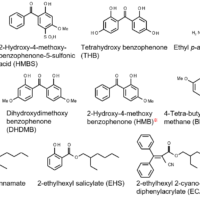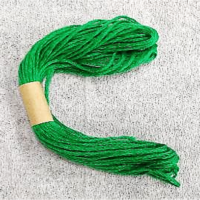Introduction
Recently, there has been an increasing concern about the influence on human body by ultraviolet radiation from the sun, and ultraviolet absorbers are often added to various cosmetics as well as sunscreen. However, such ultraviolet absorbers cause skin rashes, therefore, type of ultraviolet absorbers and their contents are regulated by regulatory agency of many countries.
In this article, multi-component ultraviolet absorber used in a sunscreen was analyzed by Ultra High-performance Liquid Chromatography (UHPLC) with a PDA detector that enables high-speed data acquisition of 100 spectra/sec.

LC-4000 UHPLC system
Experimental
Chromatographic conditions
Column: ZORBAX Eclipse Plus C8 (3.0 mmID x 50 mmL, 1.8 µm)
Eluent A: 0.2% Formic acid
Eluent B: Acetonitrile
Gradient condition: (A/B), 0 min(75/25) -> 3 min(35/65) -> 6.5 min(30/70) -> 6.55 min(5/95) -> 7 min(5/95) -> 7.05 min(75/25), 1 cycle; 9.5 min
Flow rate: 0.8 mL/min
Column temp.: 40ºC
Wavelength: 200-650 nm
Injection volume: 1 µL
Standard sample: 12 ultraviolet absorbers 0.042 mg/mL each in Acetonitrile
Figure 1 shows the structures of 12 compounds used as Ultraviolet Absorbers.

Figure 1. Structures of ultraviolet absorbers.
Results
Figure 2 shows the chromatogram and the contour plot of the standard mixture of Ultraviolet Absorbers. Twelve components were clearly separated within 7 minutes.

Figure 2. Chromatogram of the standard mixture of Ultraviolet Absorbers (1: HMC, 2: HMBS, 3: THB, 4: EAB, 5: DHB, 6: DHDMB, 7: HMB, 8: BMB, 9: EDB, 10:EMC, 11: EHS, 12: ECA)
Figure 3 shows on peak spectra of the standard mixture of Ultraviolet Absorbers.

Figure 3. On peak spectra of the standard mixture of Ultraviolet Absorbers. The peak numbers and corresponding compounds are the same as in Fig. 2.
Figure 4 shows the UHPLC chromatogram of a commercial sunscreen. The principal component was eluted without any interference from other components contained in the sunscreen.

Figure 4. Chromatogram of the sunscreen (10:EMC)
Preparation of the sample
1) Weigh 0.4 g of the sunscreen.
2) Dissolve in 4 mL of THF.
3) Mix by adding 6mL of acetonitrile.
4) Sonicate for 10 minutes.
5) Add 10 mL of acetonitrile.
6) Filter the supernatant liquid using 0.45 and then 0.2 µm membrane filters.
7) Dilute the filtrate by ten times with acetonitrile.






